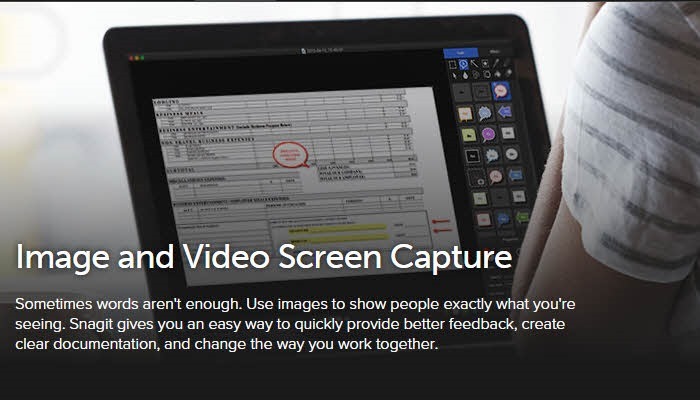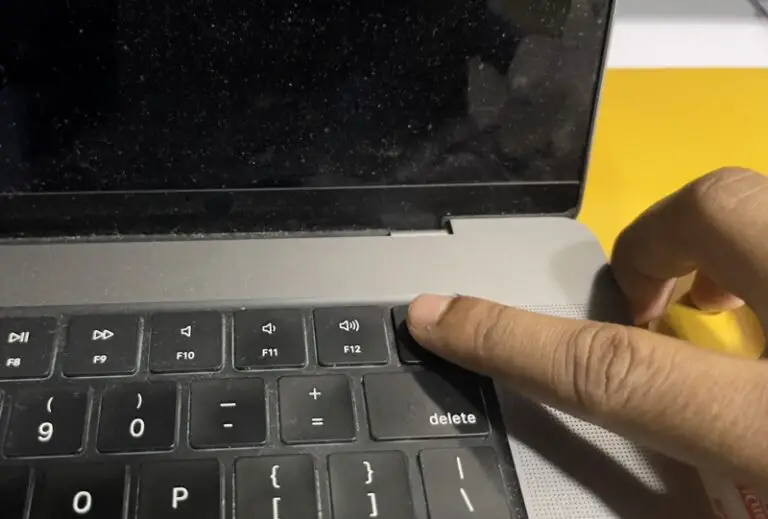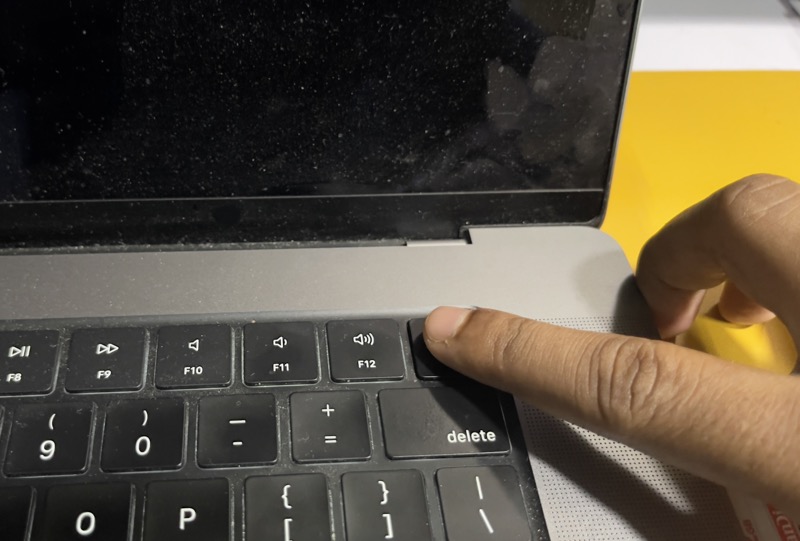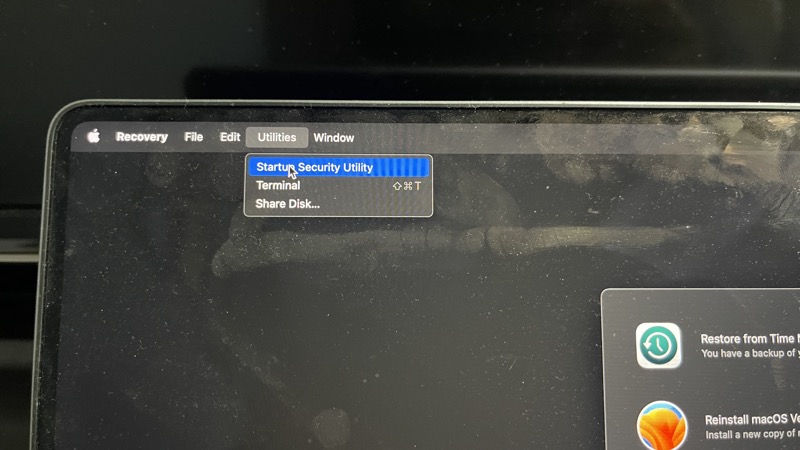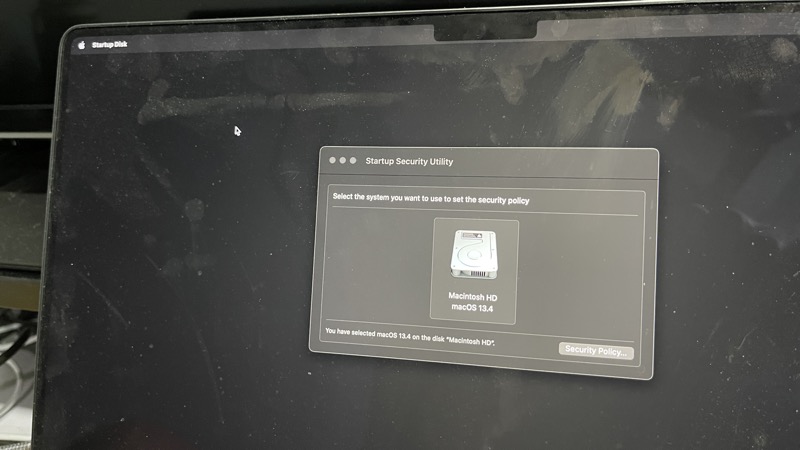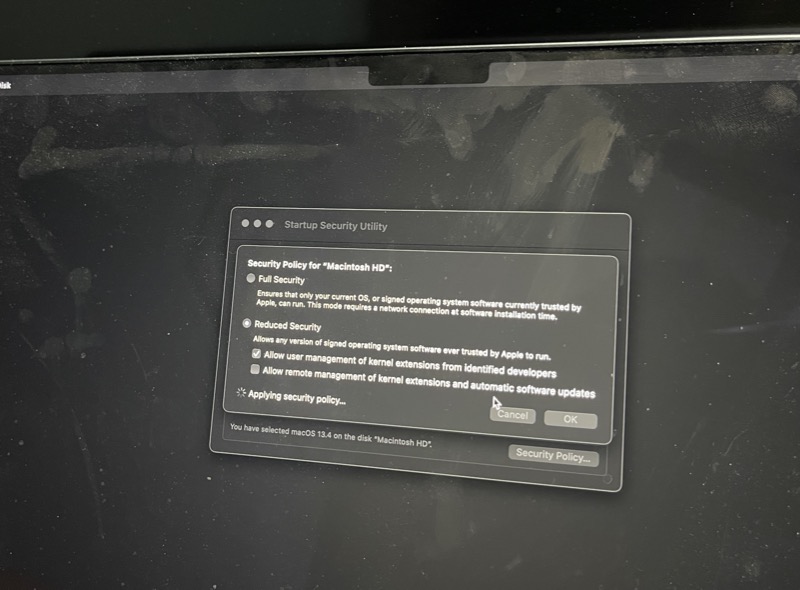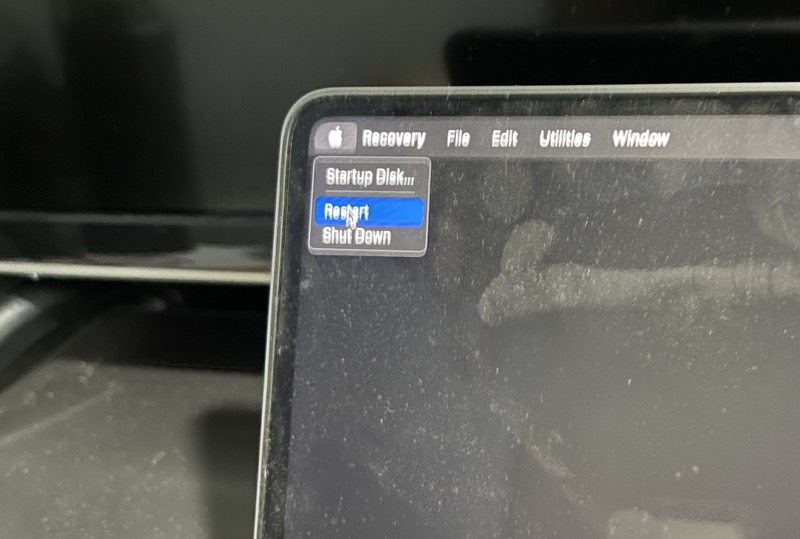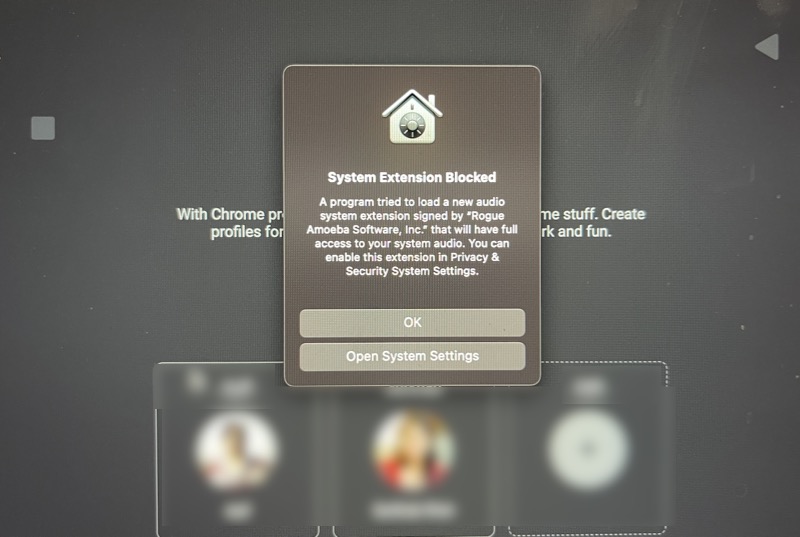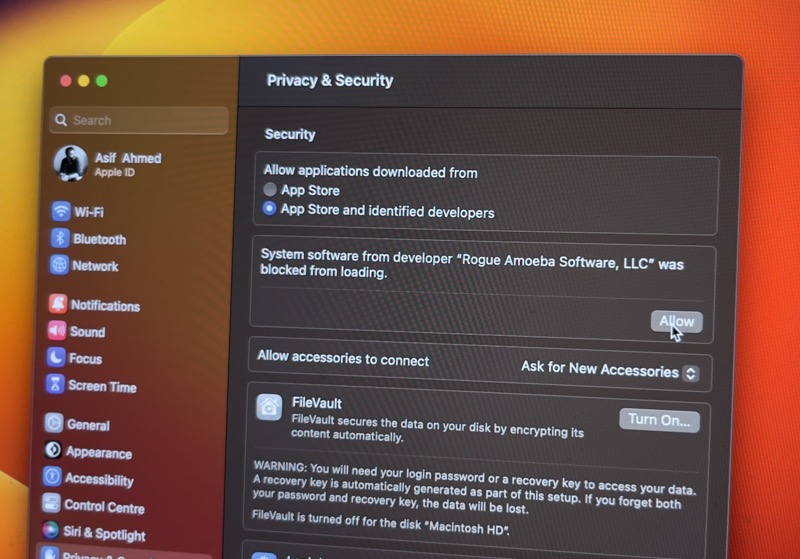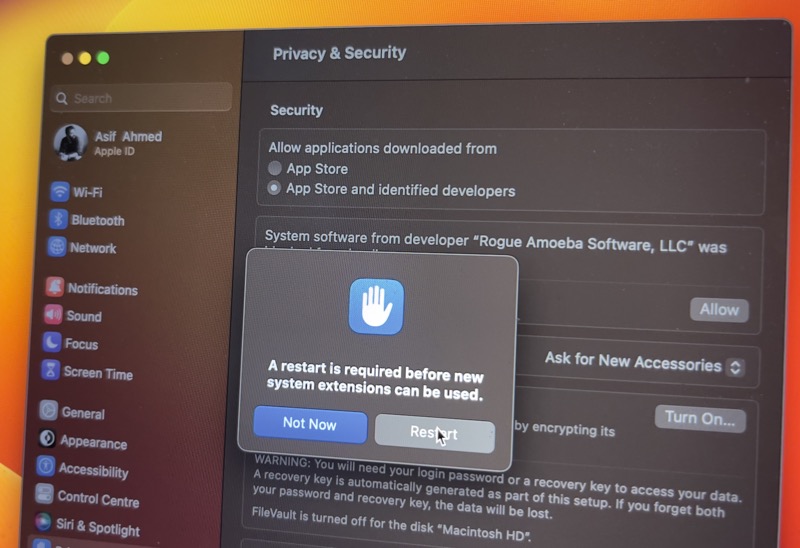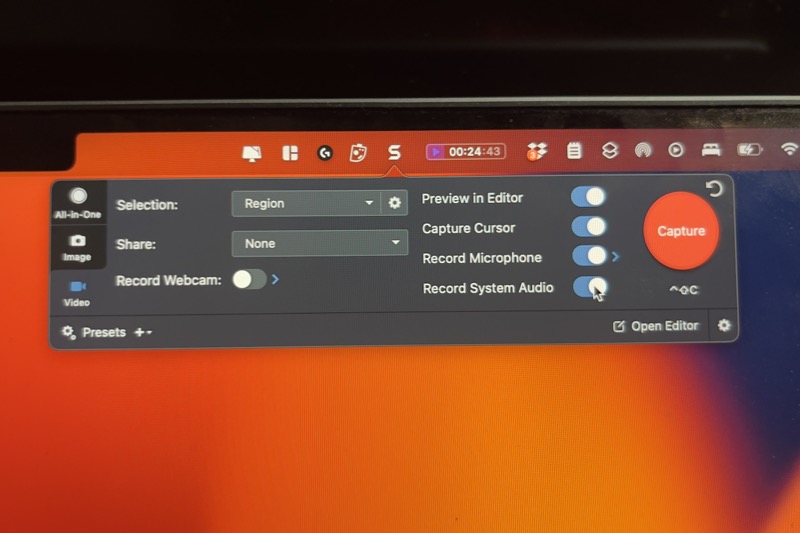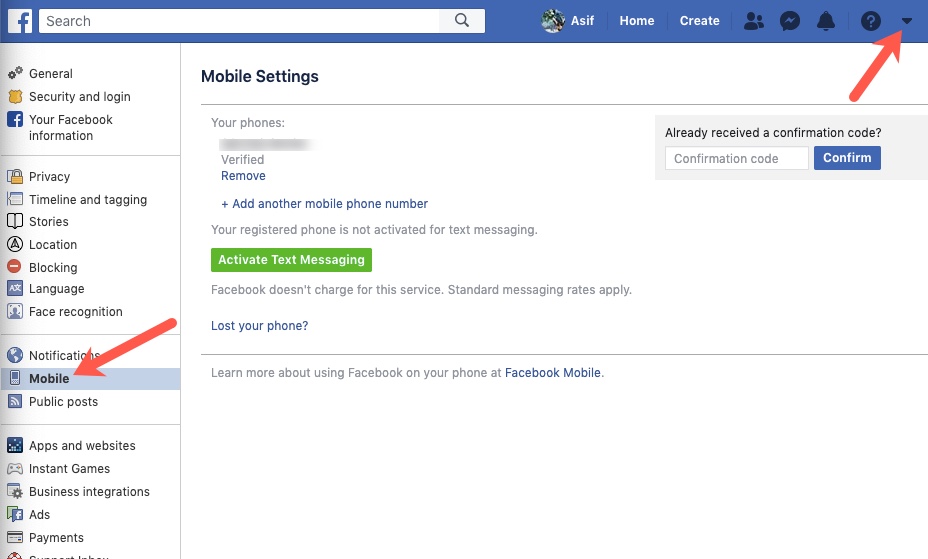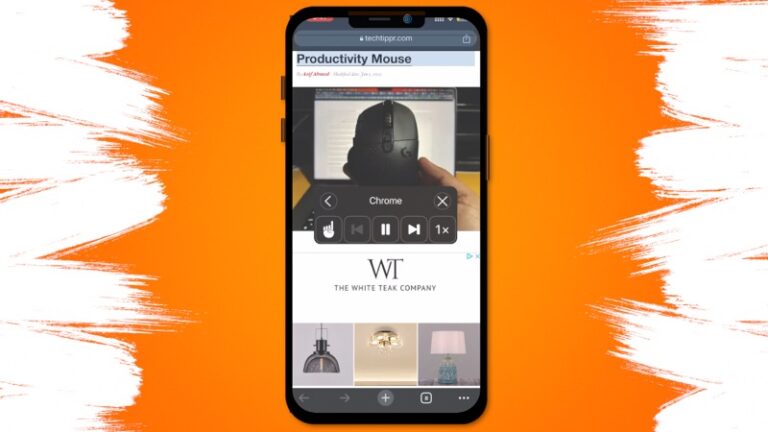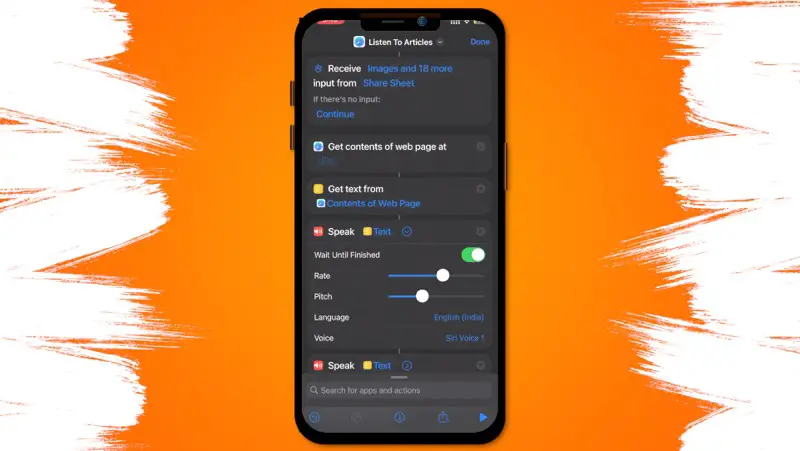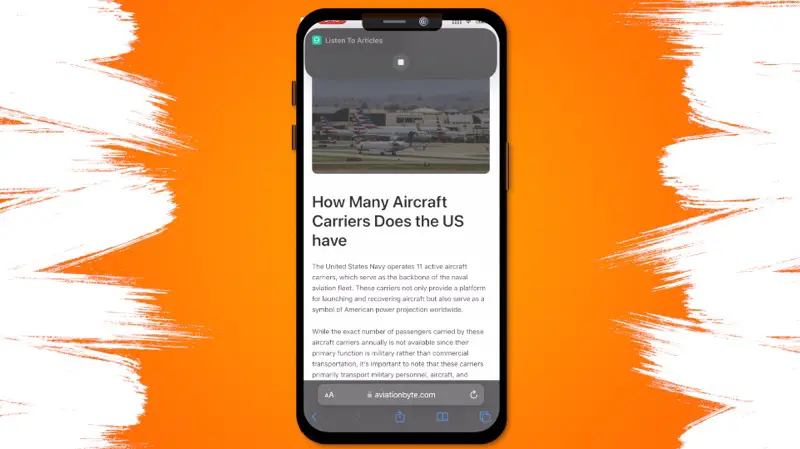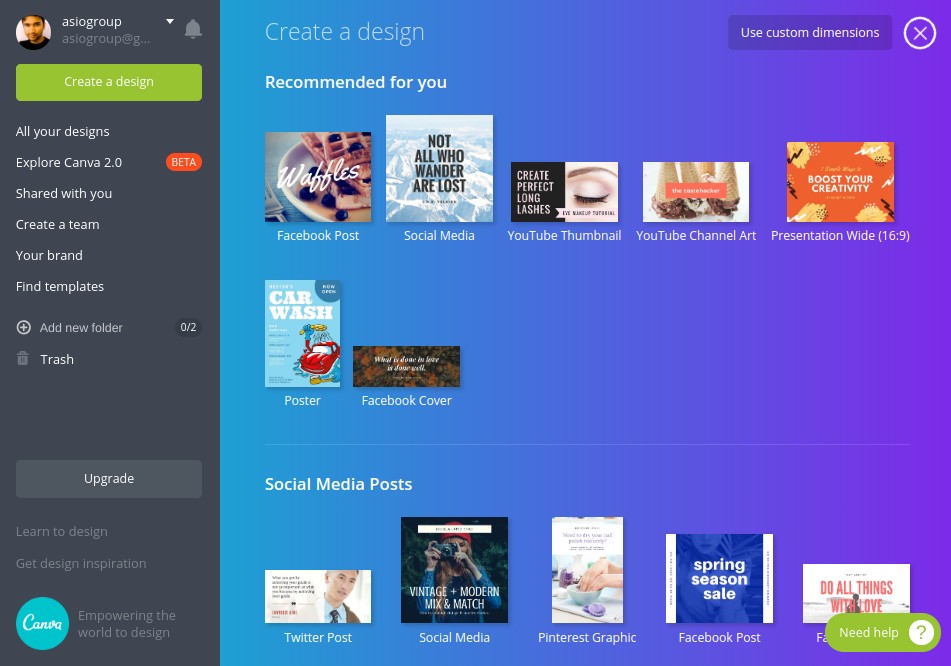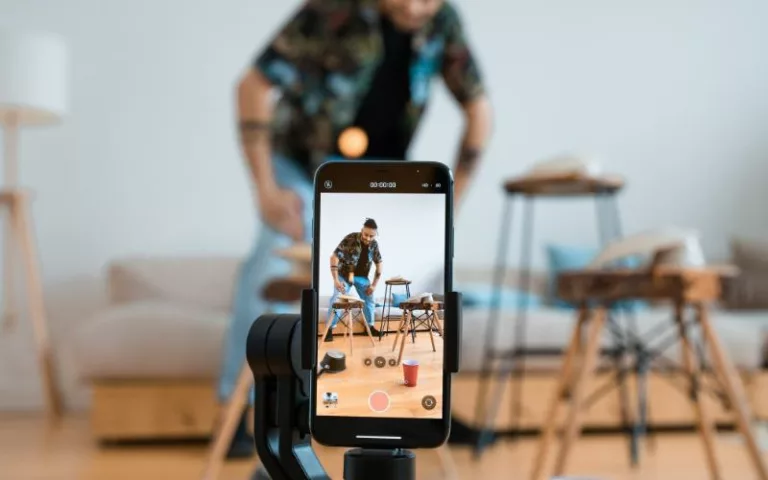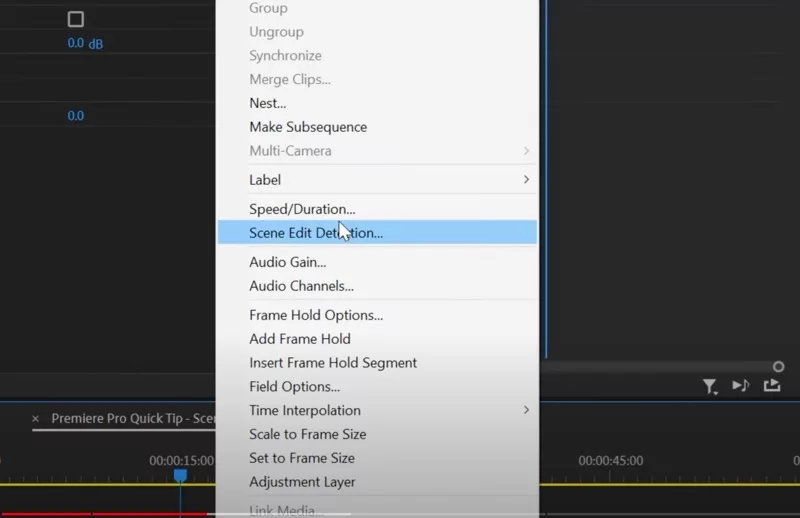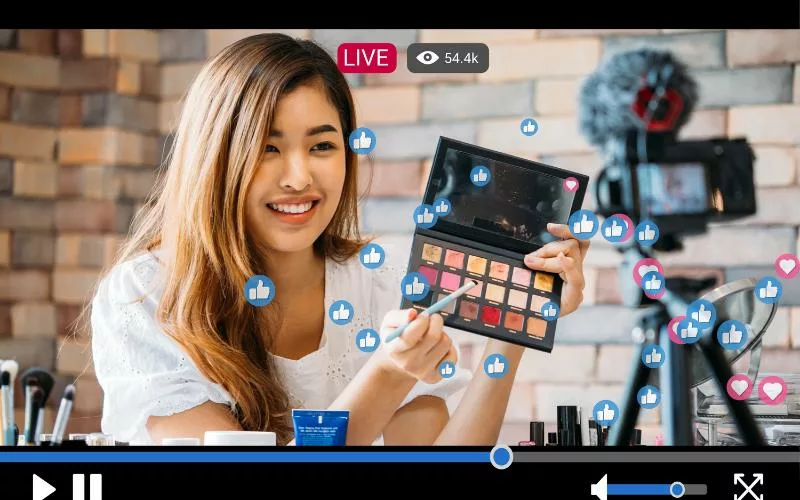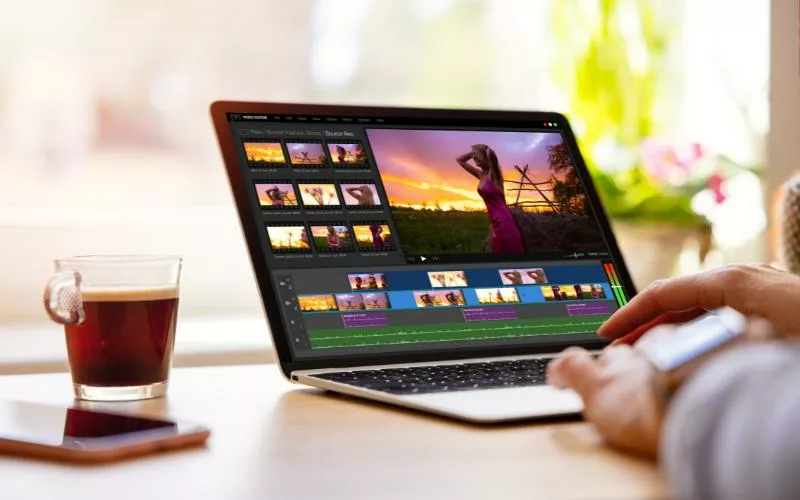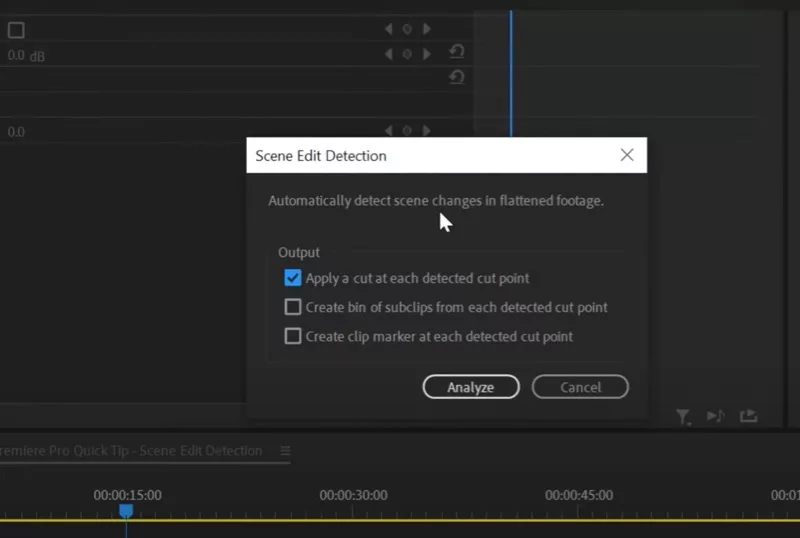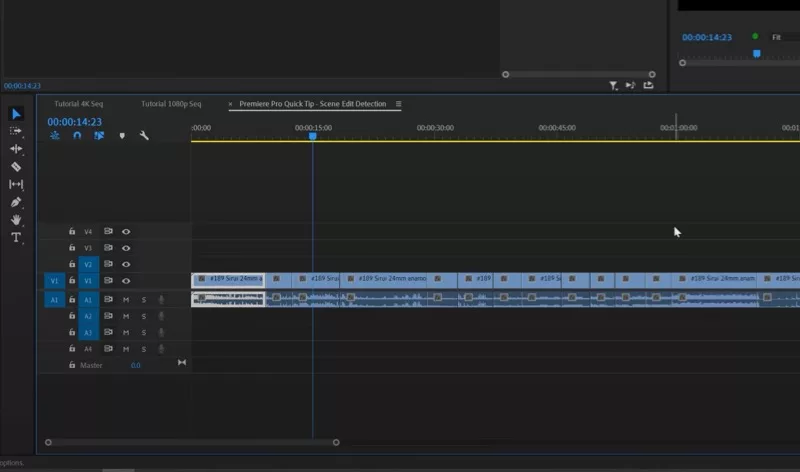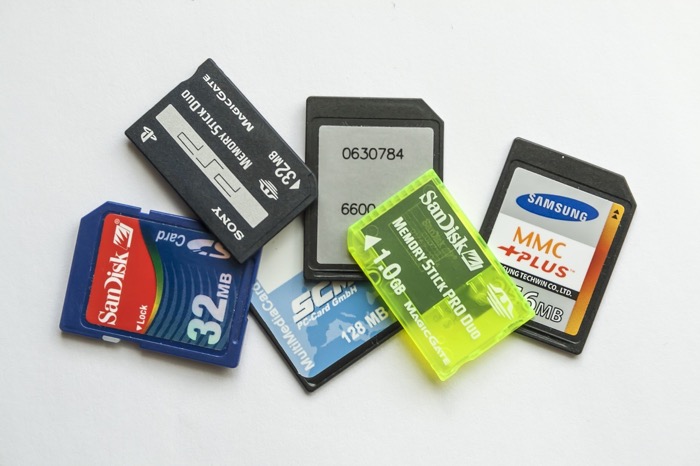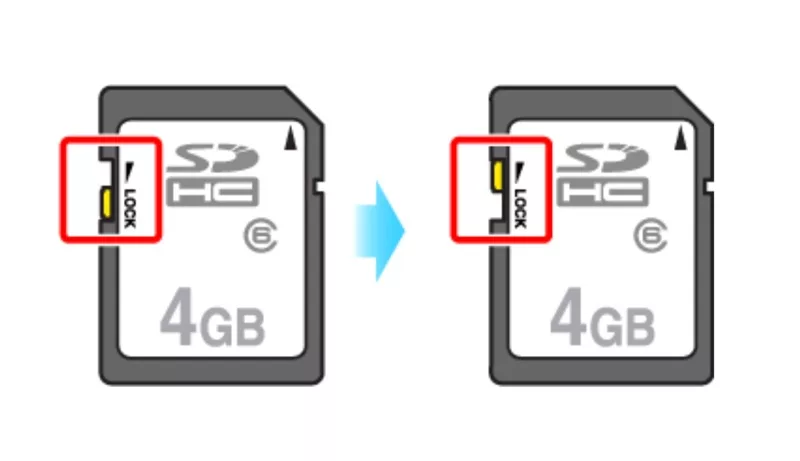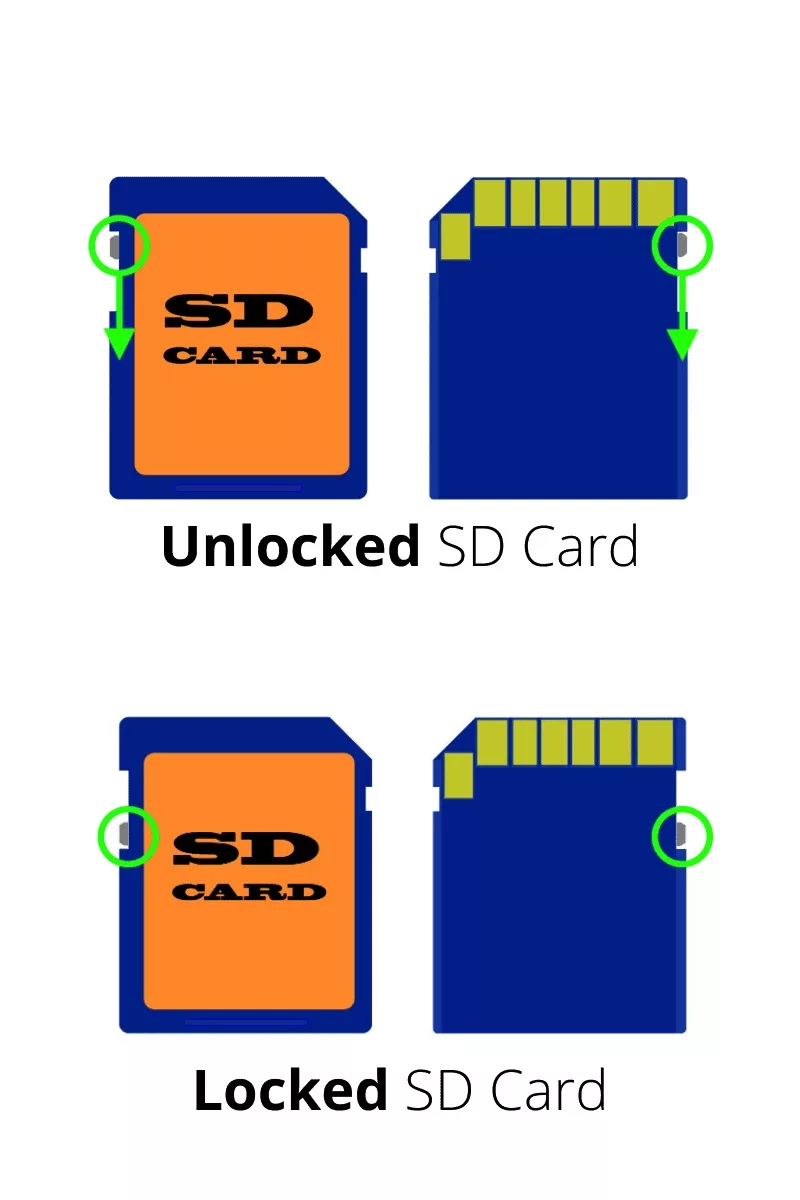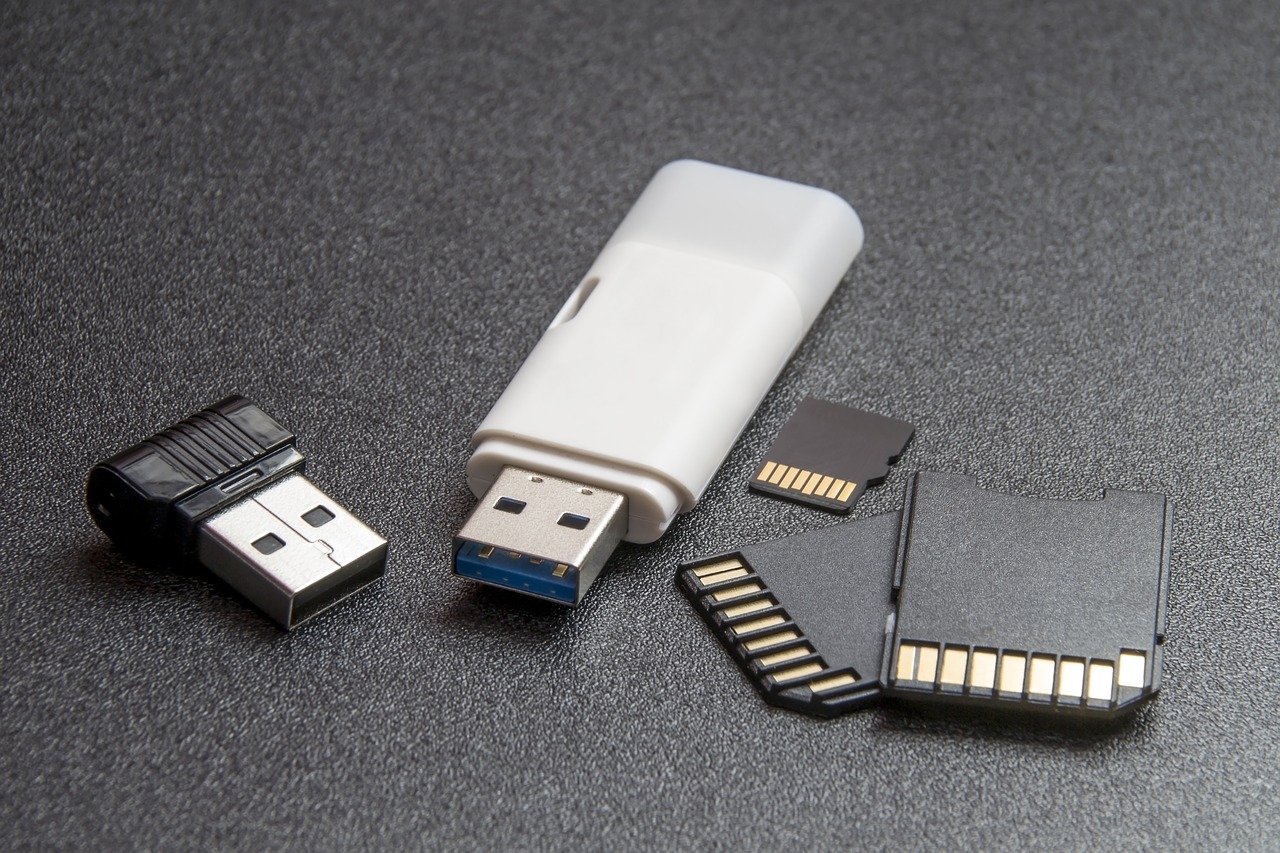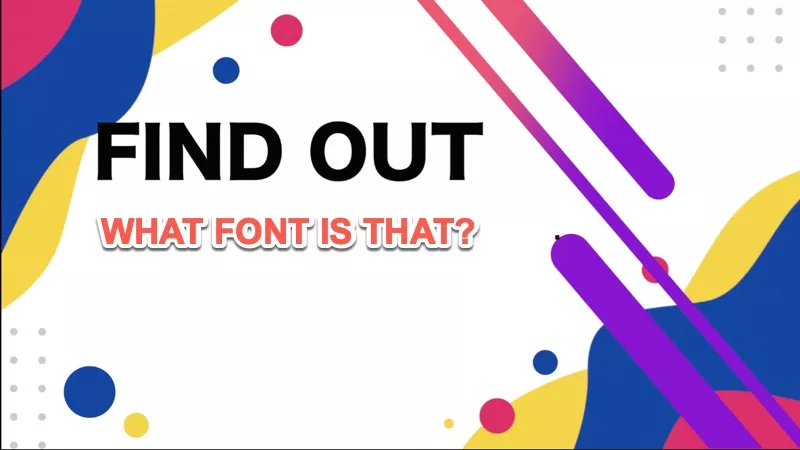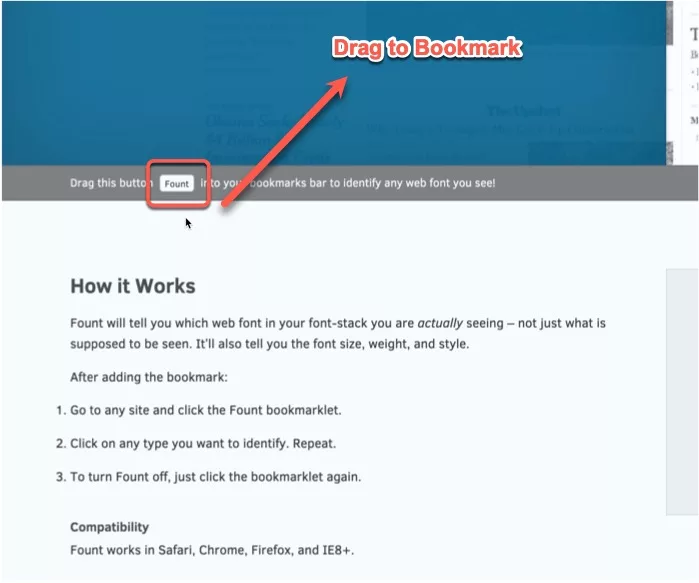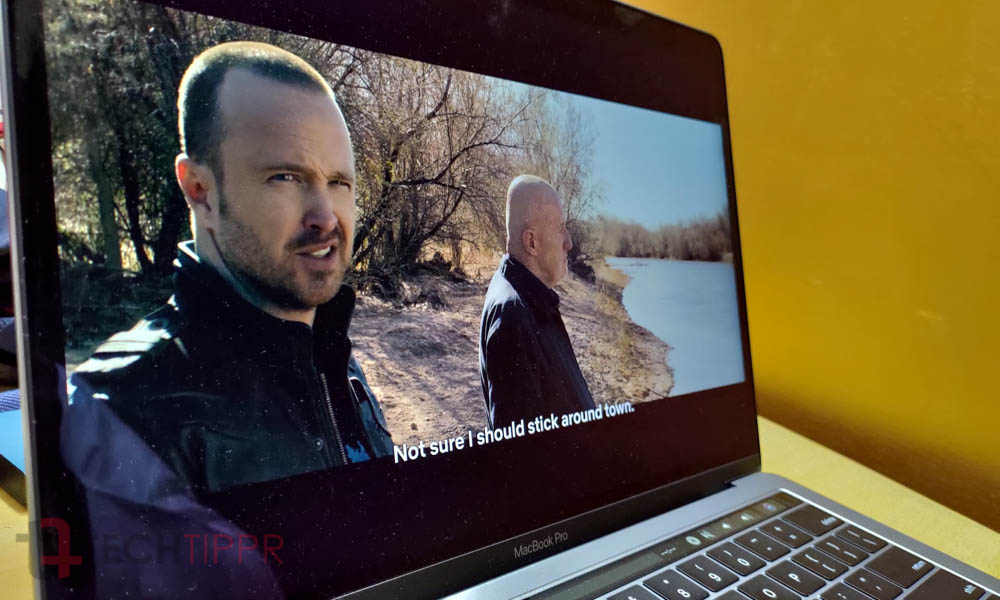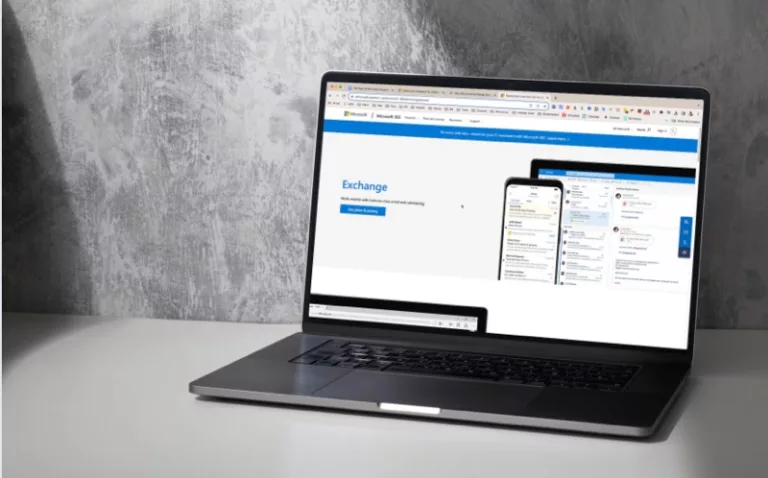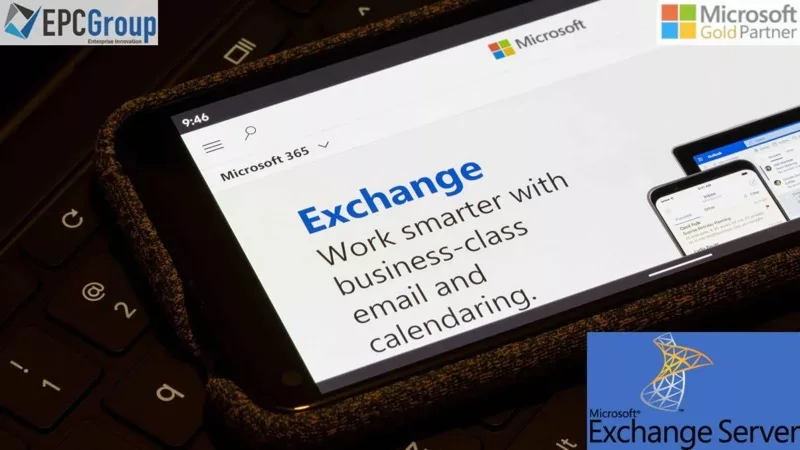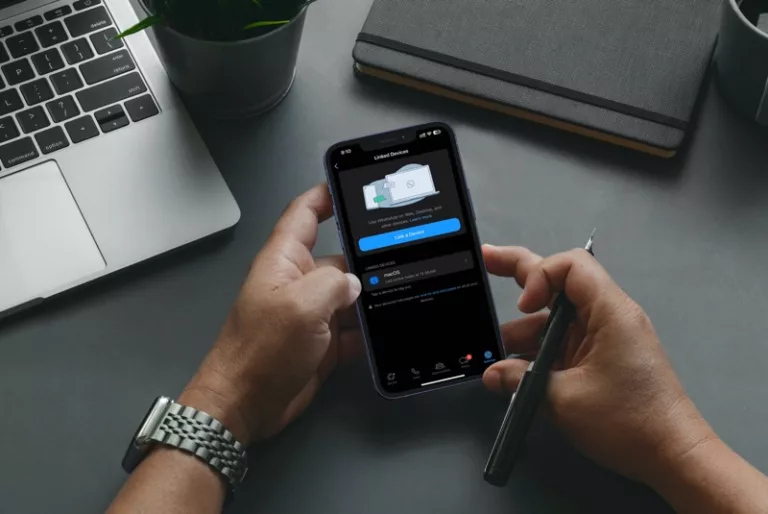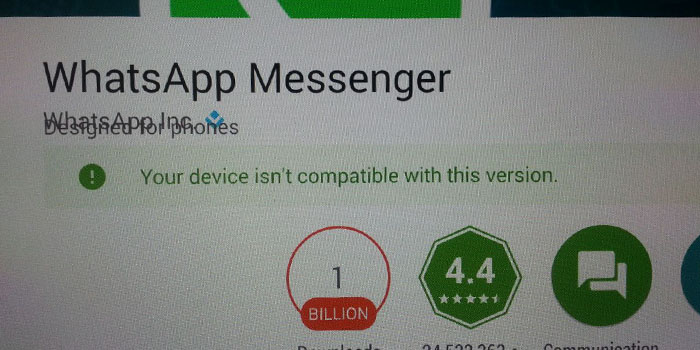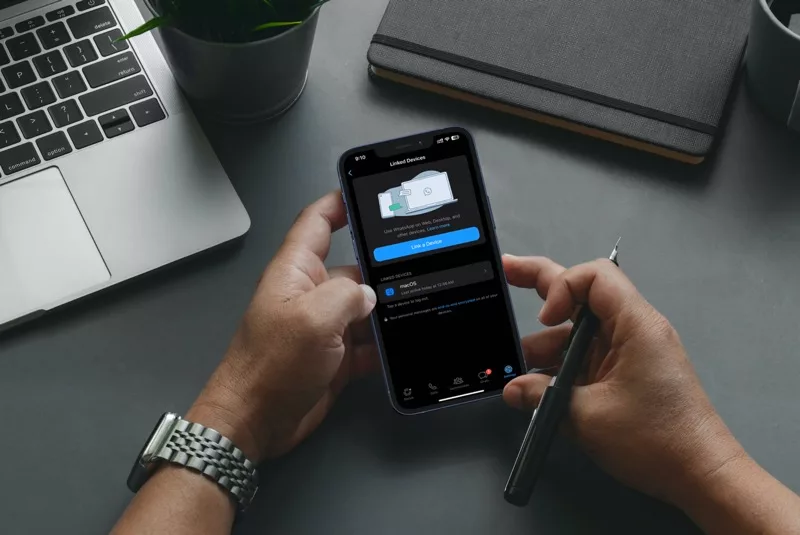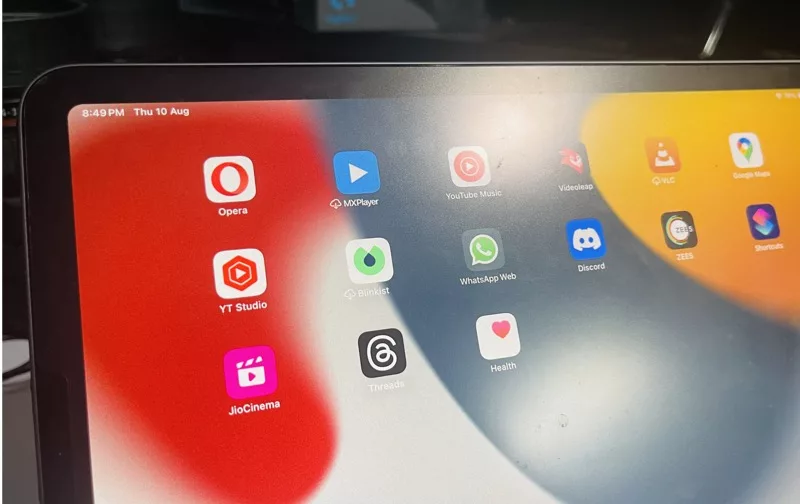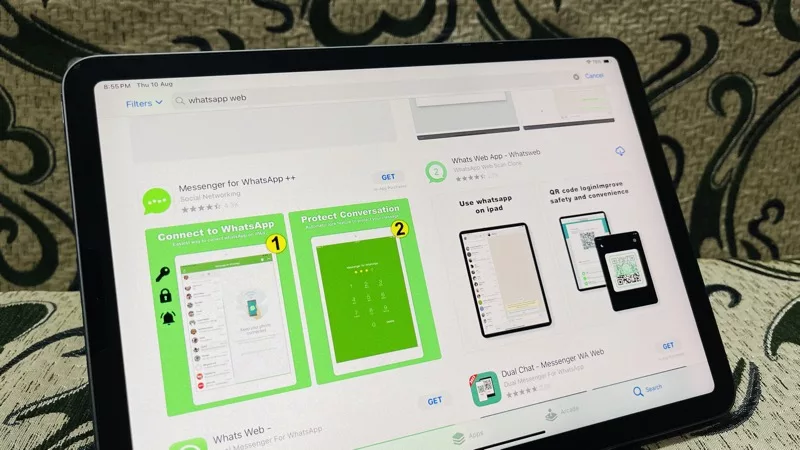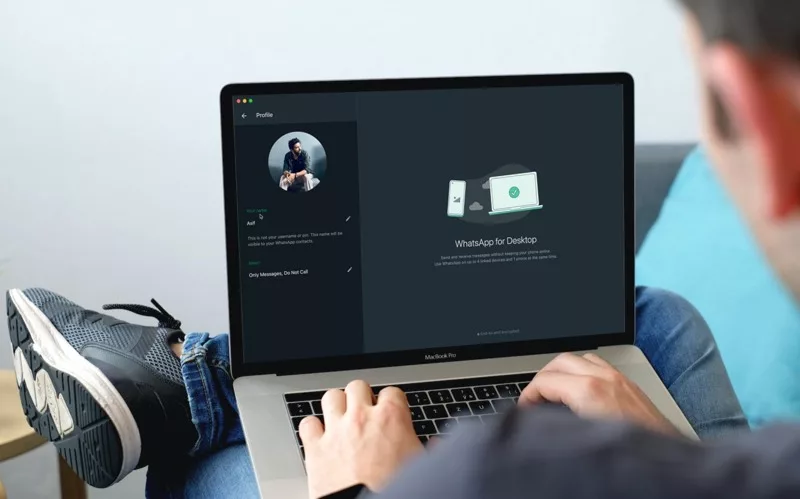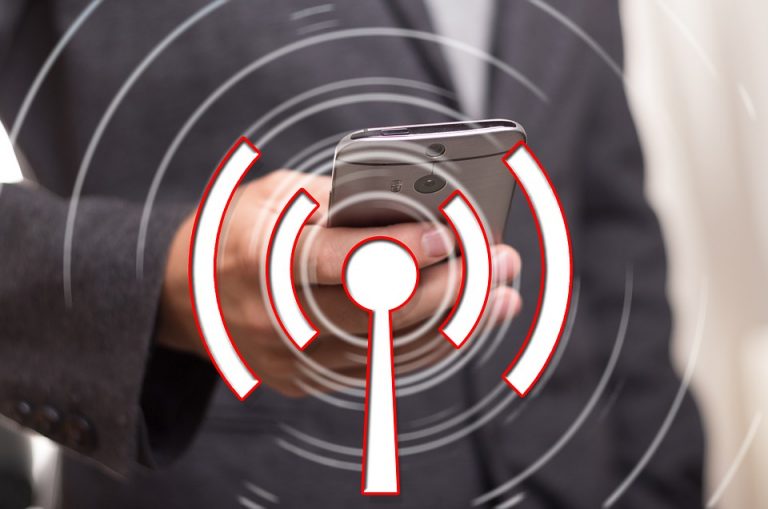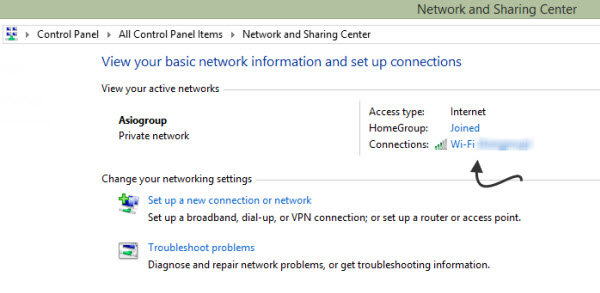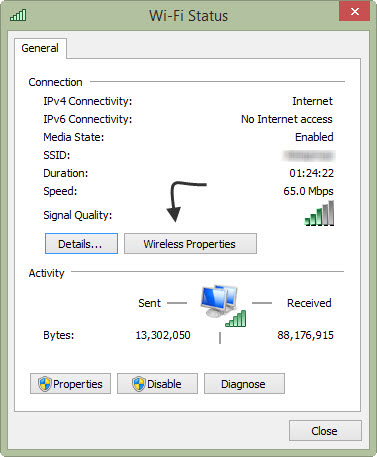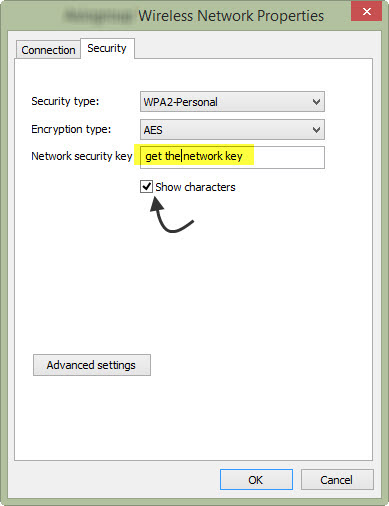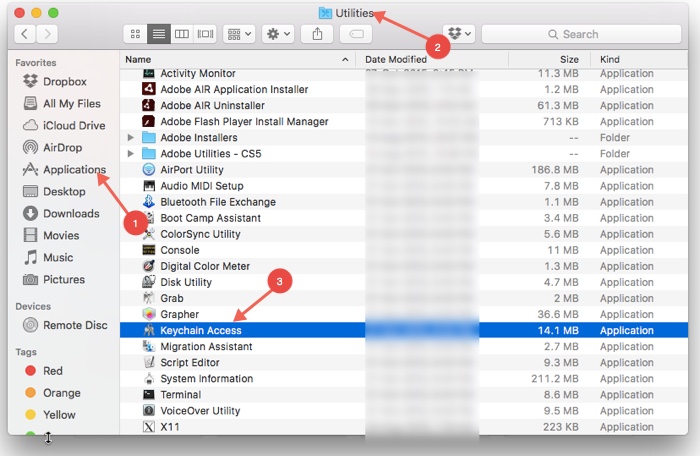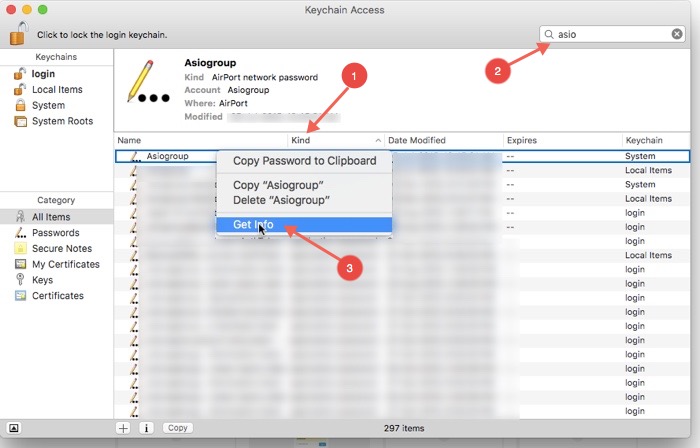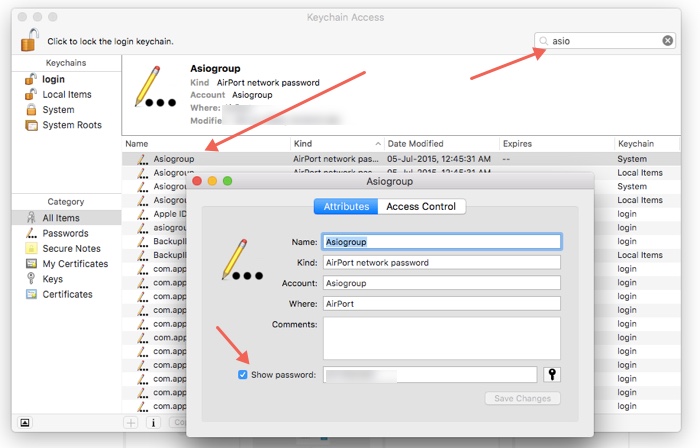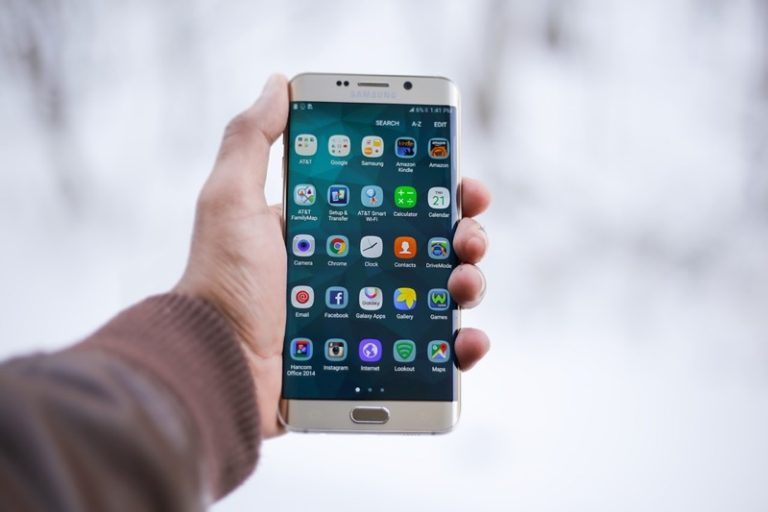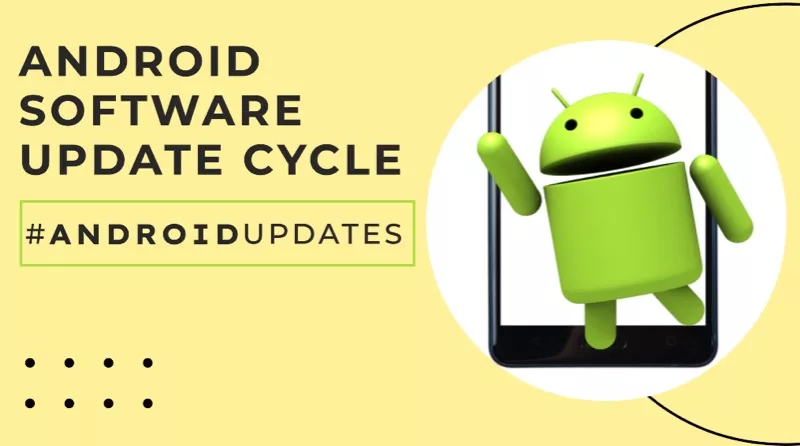Productivity does not only mean making more time to do a specific task. It also means doing a task with such focus that it can be completed faster.
Thankfully, the people who work around websites, apps, images, and screenshots, have great tools to speed their process of performing a task. And Snagit by Techsmith is one such tool.
The Snagit App is available for both Windows and Mac, and we have already written many articles about it. You can learn more about its core capabilities by reading this article.
In short, it is the best tool to create and Annanote screenshots faster on your computer. If you want to create professional tutorials and Guides, Snagit is a great tool.
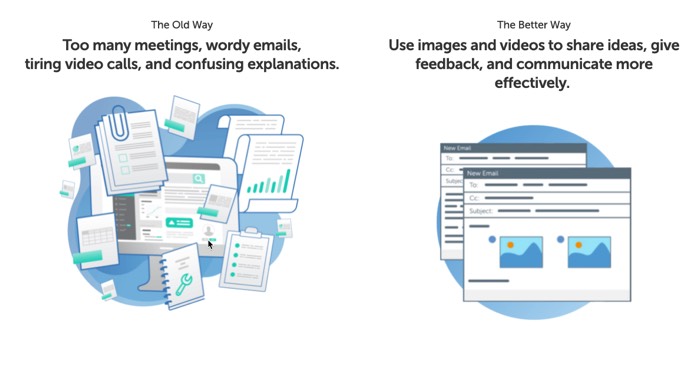
The amazing feature of the Snagit app
Captured screenshot opens directly in the image editor.
For a lot of people, it is not only about taking a screenshot but making changes by adding text, marks, and arrows to it. So, natively you would take a screenshot and then open it in an image editor to do the edits.
Snagit has an inbuilt image editor, and the screenshots are directly opened in the image editor after taking the screenshot. Apart from that, you can also precisely take a screenshot of a particular window or an area of the screen.
1. The Inbuilt Image Editor has multiple uses
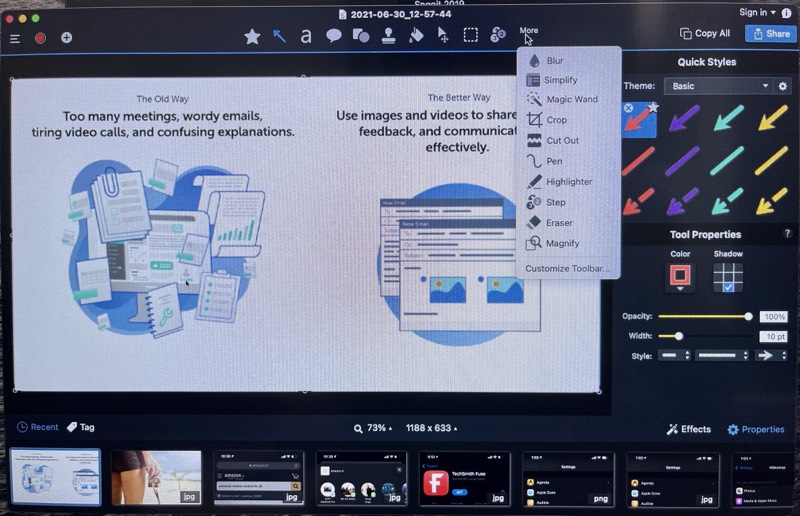
The inbuilt image editor is so good that I don’t use any other image editor for various image manipulations. I even used the image editor to make changes to an image that is not a screenshot.
You can open any image in the inbuilt image editor of Snagit. Then you can use all the tools provided in the image editor, such as blurring out a path on the image, using arrows, circles, rectangles, or a highlighter to focus on a particular area. There are many more tools provided in the image editor.
And a lot of times, I use it to resize an image or convert a PNG into JPG.
2 .Create Tutorials and Guides Faster with Templates
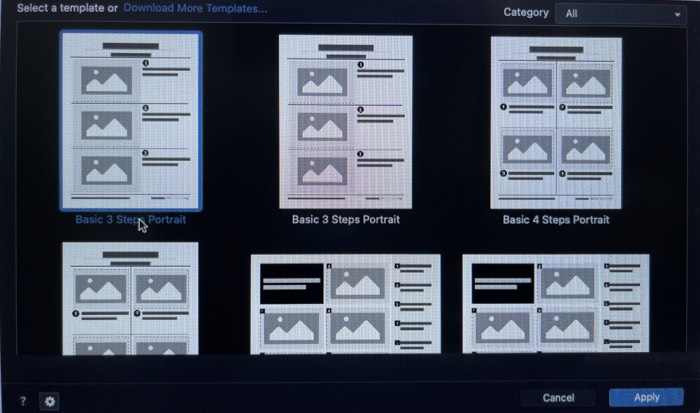
The new version of Snagit has broad templates beautifully designed, so all you have to do is, add your screenshots and write the instructions.
You can then either save it in PNG or PDF format and share it with the Customer/Client/Employee.
It makes it super easy to create instructions for newly hired employees and instructions for your customers about using your product.
3. Capture Screencasts and Convert into GIFs
Another great feature of Snagit I found super helpful is that you can record your screen while doing something.
The video also opens in the image editor, where you can stop the video and only save the desired part you intend to use.
You can also convert the video into GIF, which again has many other uses as well, creating MEMEs from a video. However, you will have to keep in mind, the longer the video, the longer larger the size of the GIF will be.
But you can use additional tools to optimize the GIF if you want to use it on the web. Here’s a great guide for creating optimized GIF Animations.
4. Send Images from Mobile to PC
TechSmith, the maker of the Snagit App, has also developed mobile apps (for iOS and Android), which let you send images from mobile to computer.
The images you send are also sent directly to the Snagit App so that you can quickly make edits to them before sharing. The app name is Fuse by Techsmith and can be installed from App Store and Play Store for iPhone and Android.
5. You can grab text from images
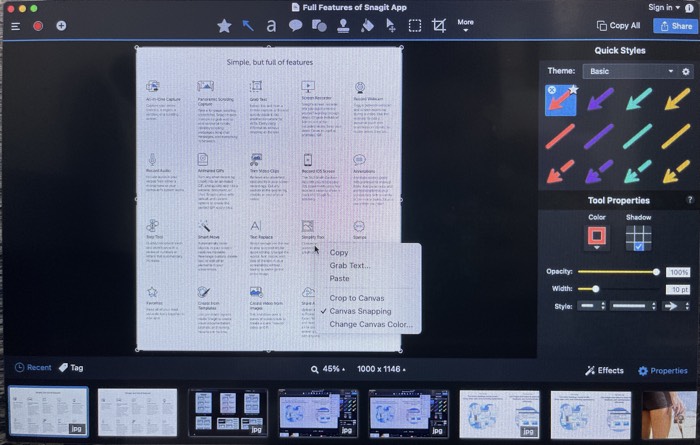
If you find an image on the web that has a lot of text and cannot be copied using the native method of right-clicking and selecting copy, or ctrl/cmd+C, you can use Snagit.
Snagit lets you precisely select the portion you want to take the screenshot, and then click on
Many other small features
Apart from all these features I mentioned above, many small parts are helpful in different use cases. It will make this article long and tedious if I mention all those minor updates; however, here is a screenshot of all the features of Snagit mentioned on their website. The screenshot has been taken and editing using Snagit.
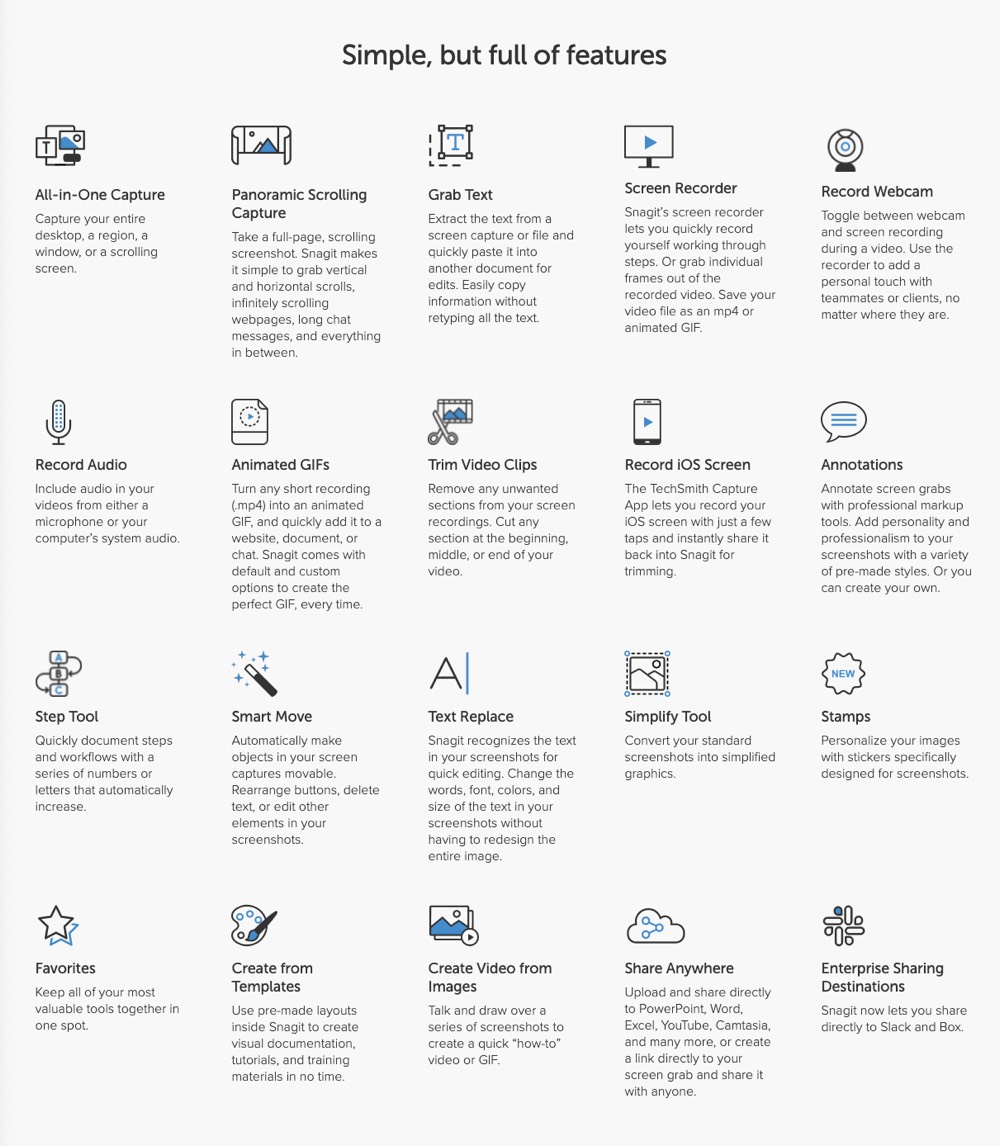
You can get Snagit for just $49, which is a pretty reasonable price for a tool like this. Also, it offers a 30-day free trial.

